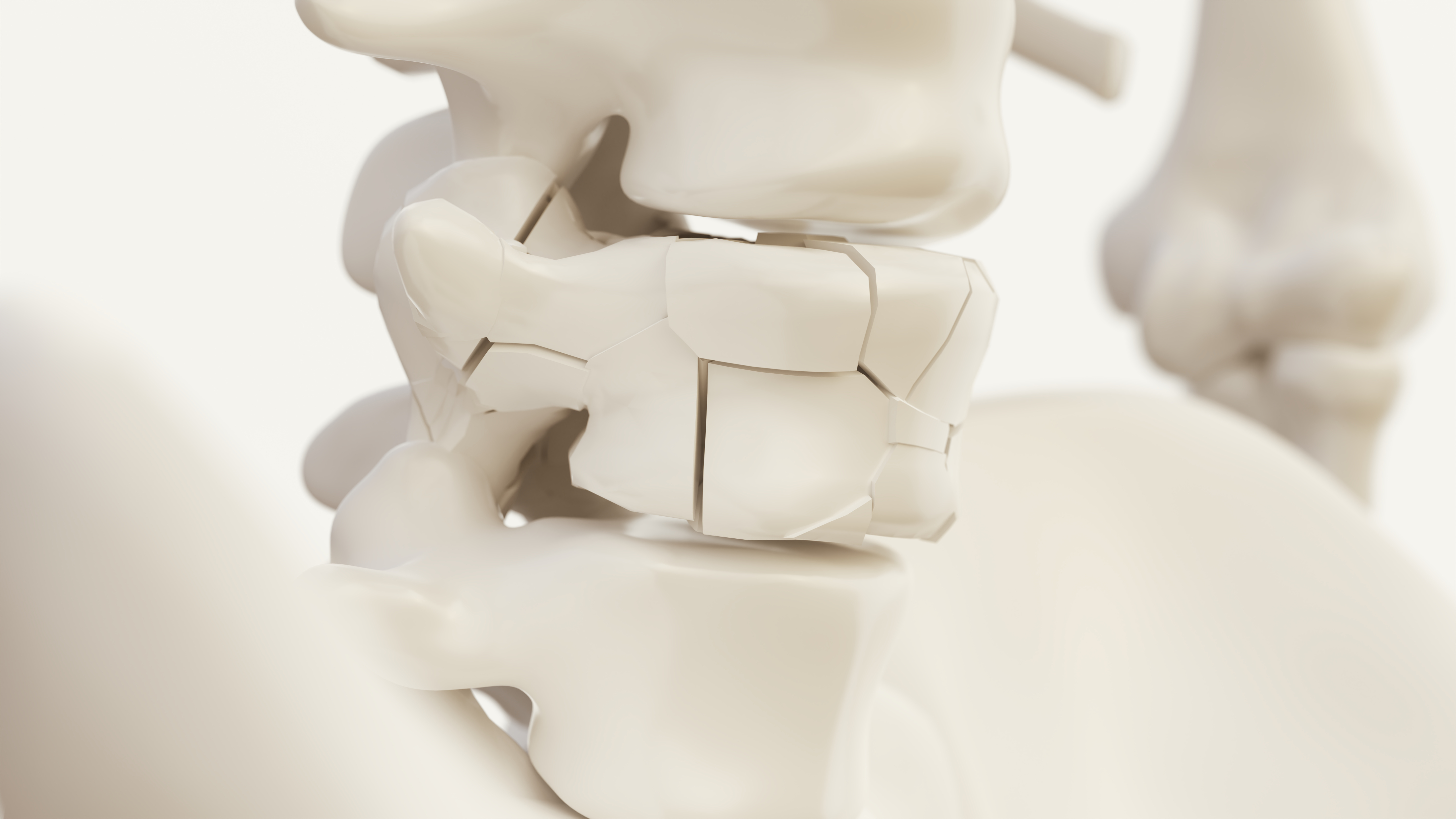
Investigators summarized the impact of osteoporosis treatments on fracture healing, according to a press release from the International Osteoporosis Foundation (IOF). In a recent comprehensive review published by Chandran et al in Osteoporosis International, the IOF’s Committee of Scientific Advisors Fracture Working Group performed a biological, clinical, and radiological examination of fracture healing; they also analyzed the influence of osteoporosis and osteoporosis treatments on fracture healing. The investigators found that fracture healing should be assessed with clinical examination in addition to radiographic imaging. Despite negative findings in animal models, human models have demonstrated inconsistent results regarding the effect of osteoporosis on fracture healing. Conversely, osteoporosis treatments did not appear to negatively impact fracture healing. The investigators suggested that patients may see benefit with teriparatide, and that those with metaphyseal osteoporotic fractures may safely initiate biphosphates. Current evidence also did not support delaying initiation of antiresorptive therapy following acute fragility fractures. Factors such as older age, smoking status, poor nutrition, and comorbidities like diabetes and vitamin D deficiencies may slow the healing process in patients with osteoporotic fragility fractures. The investigators emphasized that additional studies may be needed to identify radiological and biological markers of fracture healing as well as merge clinical and basic science methodologies of fracture healing assessment. “Given the serious and potentially life-threatening consequences of secondary fractures, the benefit of treating osteoporosis and the urgent necessity to reduce imminent refracture risk after a fracture should be given prime consideration,” concluded co–study author Nicholas Harvey, MA, MB BChir, PhD, MRCP, FRCP, FAOP, FASBMR, Chair of the Committee of Scientific Advisors at the IOF.